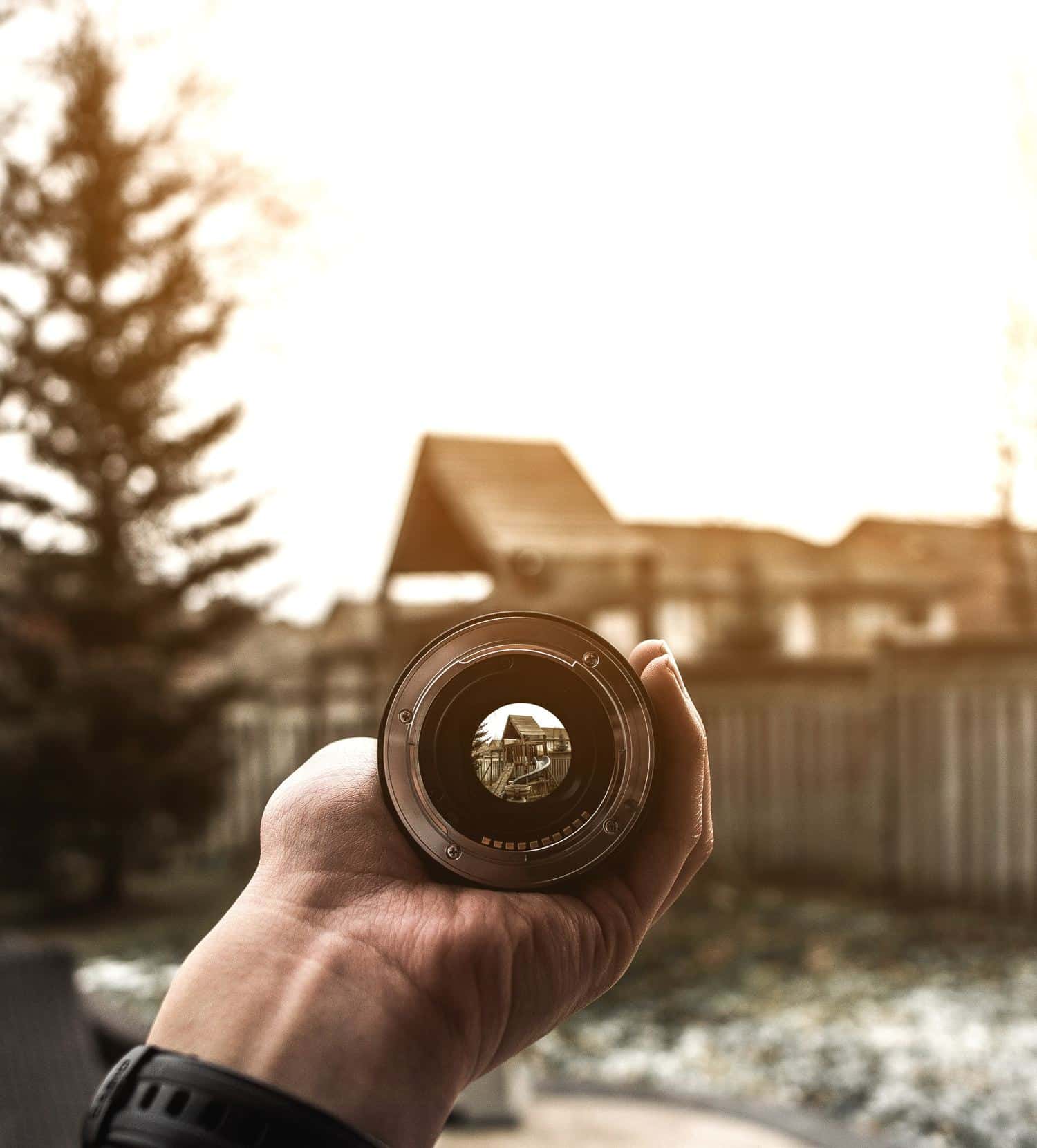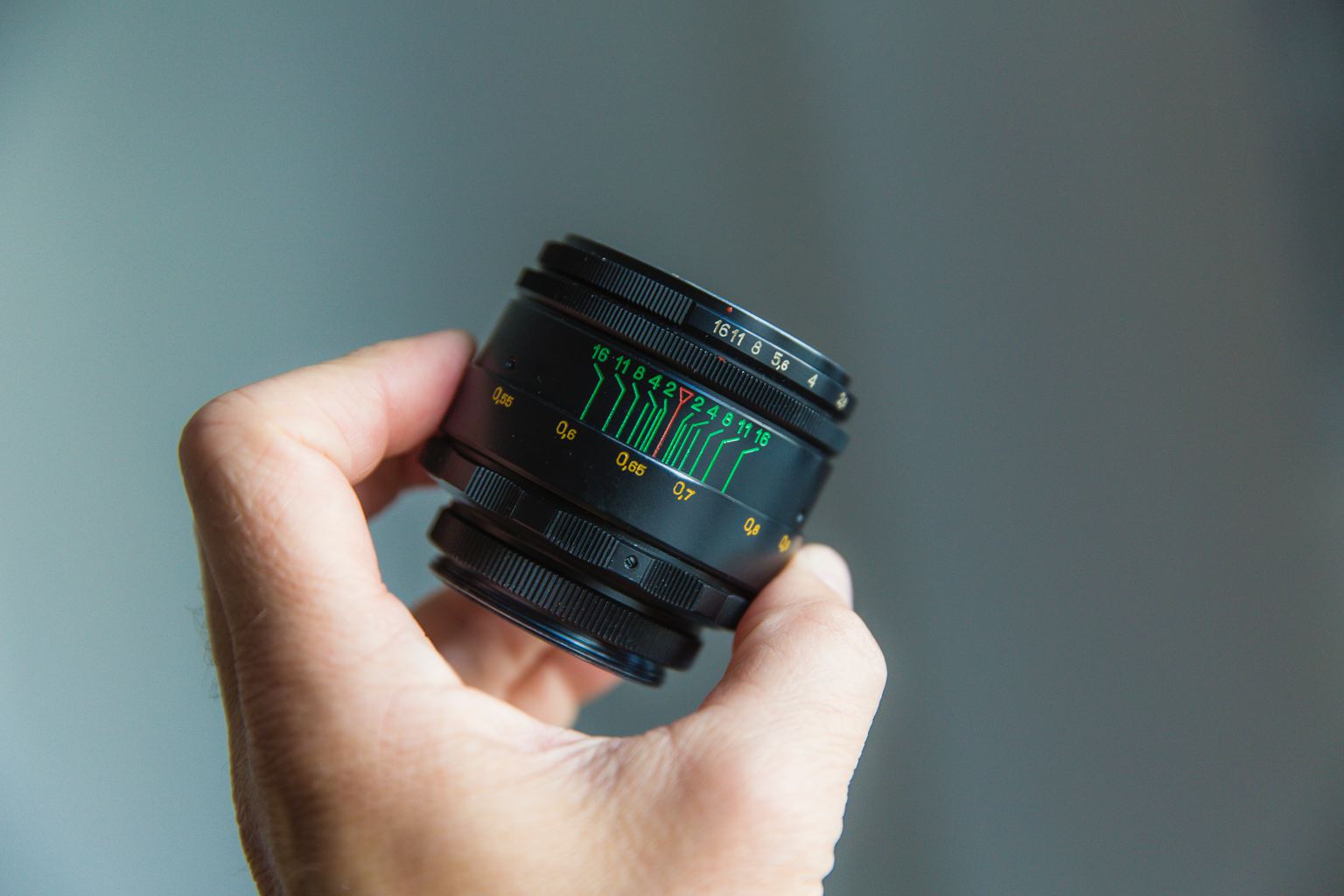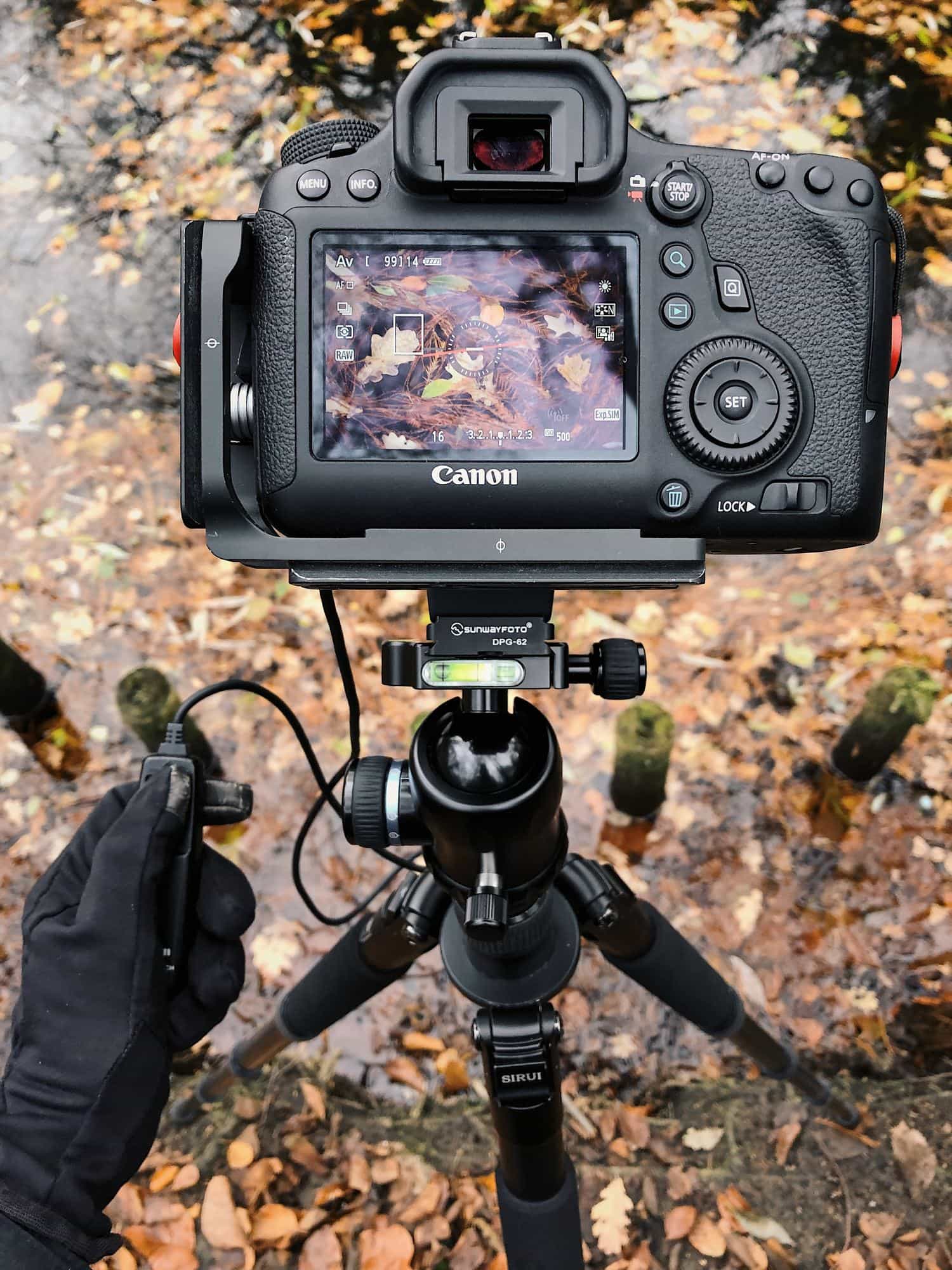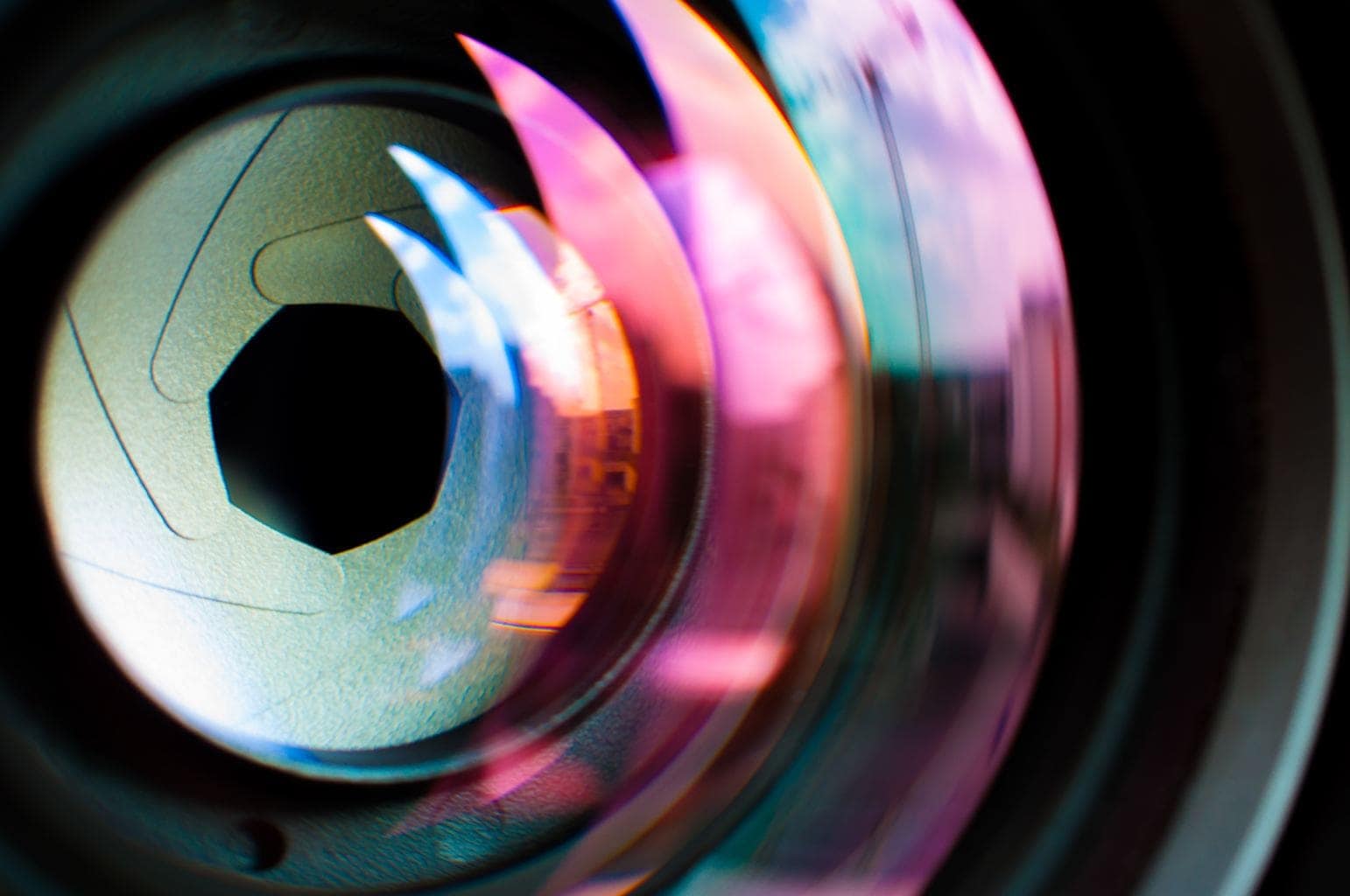When we buy a good lens we expect from it, above all, a lot of sharpness . But it is necessary to know that no matter how sharp an objective may be, if we do not use it correctly, we will not obtain that maximum degree of sharpness that it is capable of reaching (using its sweet spot).
It is very possible that at this point, if you have decided to invest in a good, new, or second-hand lens , you may have felt somewhat frustrated with its results. That is, surely things have improved substantially, but maybe not as much as you expected, is it possible? Especially if you have acquired good optics, very bright, and you endlessly enjoy blurring to the maximum, experimenting with its maximum aperture and extremely shallow depth of field.
THE SHARPEST POINT OF YOUR LENS
The sharpest point of your lens (or sweet spot ) is the point where the optics work optimally and where they respond best, reducing aberrations and providing greater definition.
Knowing the sharpest point of your lens will help you whatever your optics. Whether this is the wonderful king of lenses (100% recommended) or the kit lens . It doesn't matter how good or not so good your goal is. The important thing is knowing how to make the most of your possibilities.

FIND THE SWEET SPOT
The sweet spot or sharpest point of the lens is in the middle apertures, never at the extremes. It is usually said to be approximately two or three stops above the maximum aperture of your lens.
That is, if you have an f/1.4 aperture lens, your lens's sweet spot might be somewhere between f/2.8 and f/4. Or, if for example you have a somewhat less bright f/4 lens, the sweet spot of your lens will be around f/8 or f/11.
Although this calculation is not an exact science and depends on each objective, the sweet spot can be known in a specific and real way through 3 ways:
- Lens specifications: it is possible that in some specifications it comes detailed, but it is unusual.
- Through the Dpreview pagesand The digital picture: you will be able to check if your goal in question has been reviewed. If so, you will be able to see the sharpness analysis it offers.
- Empirical analysis: or what is the same, find out yourself. For all those who do not find the sweet spot of their goal with the two previous options and/or who like to do things personally ;-).

HOW TO FIND OUT?
It's much simpler than it seems, don't worry. Besides, there are few things more pleasurable than the satisfaction of doing things yourself, don't you think? ?
- Look for a background that contains a single plane and that is static...
- But, at the same time, it is easy to focus.
- Make sure that the ambient light is not too changeable.
- Having decided on the subject of the image, place the camera on the tripod and focus.
- Once focused correctly, disable autofocus and leave it fixed on manual.
- Or if not, you should check that the focus is exactly the same for each shot, so that you do not confuse a failed focus with a lack of sharpness.
- Prepare the remote shutter release if you have one.
- If not, use the camera's self-timer.
- Set the camera to manual and go adjusting the aperture in each shot. Do it in order, for example, from the largest aperture to the smallest. Step by Step.
If you work manually, you should vary the speed depending on the aperture, so that all the photos have the same exposure.
- If you don't see it clearly, please set the camera to aperture priority. Thus the camera will be in charge of modifying the shutter speed for each shot.
- Once all the photos are taken, pass them to your editor and enlarge a detail of the image to 100%. What is the winning image? Well, there you have the sweet spot of your goal.

WHAT ABOUT THE FOCAL LENGTH?
Yes, you're right. Already at the beginning I implied that the focal length was also involved in the sharpness of our photographs. And it is true. As for the diaphragm opening, the focal ends are not where our lens performs best.
The focal lengths that provide us with greater sharpness are, as for the diaphragm openings, in the intermediate zone of the range.
CONCLUSIONS
Knowing the sweet spot of your lens, be it fixed focal or zoom , be it very or dimly lit, will help you achieve the best possible sharpness in your photographs.
That does not imply, however, that you should always work with that aperture or that focal length. Rather, it allows you to be aware that going to extremes must be justified in some way.
That is, if you have a lens with an aperture of f/1.4 and you desperately want to reduce the depth of field to a minimum, nothing prevents you from using it, you simply will not get maximum sharpness, but you will have other advantages such as a very small depth of field.
If, on the contrary, you want to close the diaphragm to the maximum because you want the maximum depth of field, I recommend that you value the possibility of using the hyperfocal distance , which will allow you to maintain a medium diaphragm opening, and a much larger focused area in the image, avoiding the typical aberrations of closed diaphragms.


